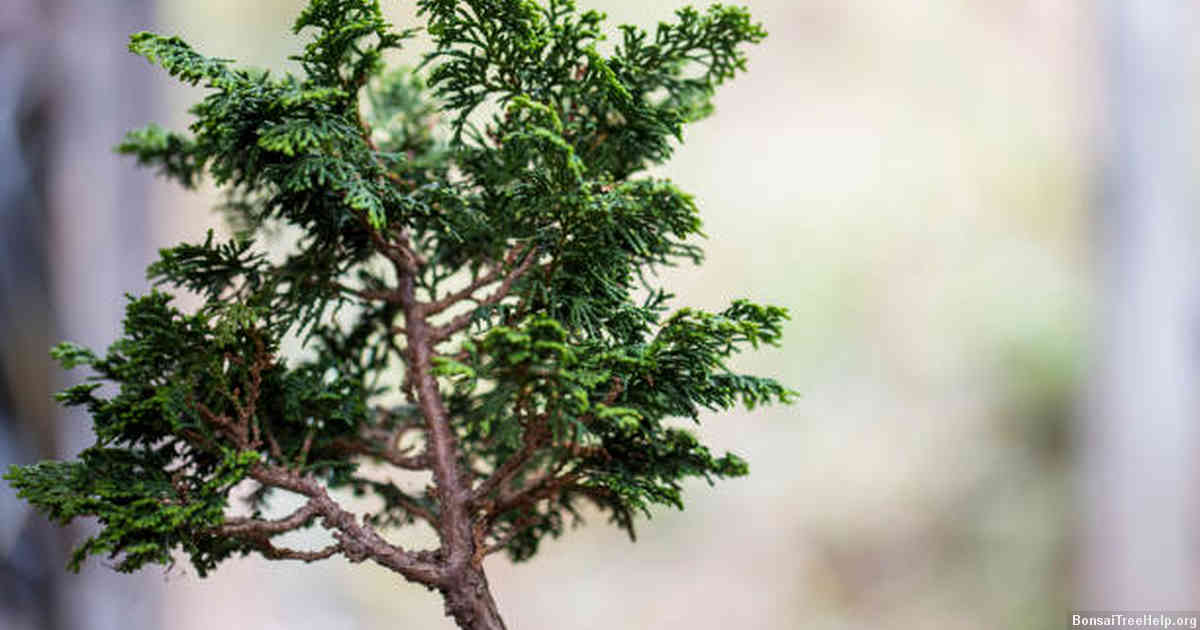
To keep a bonsai oak alive, it’s important to provide proper care and follow a few simple guidelines. The tree should be placed in an area that gets plenty of sunlight each day, ideally at least four hours a day or more. Water the bonsai tree regularly, making sure not to overwater as this can cause root rot and other issues. The soil should remain evenly moist but never soggy or muddy. Fertilize your bonsai oak every two weeks during the growing season with a specialized organic fertilizer for trees; this will help ensure healthy growth and prevent nutrient deficiencies. Prune the tree regularly to maintain its shape and size; use sharp shears when trimming branches so you don’t damage them unnecessarily. With these simple steps followed consistently over time, you’ll be able to enjoy your own miniature-sized oak for many years.
Contents:
- Watering and soil maintenance
- Pruning techniques for bonsai oaks
- Choosing the right location for your bonsai oak
- Fertilization methods for healthy growth
- Pest control measures to prevent infestations
- Protecting your bonsai oak during extreme weather conditions
- Tips and tricks for maintaining a healthy bonsai oak
Watering and soil maintenance

Maintaining the soil of a bonsai oak is essential for keeping it alive and healthy. To best care for your tree, you need to use quality potting soil that has been specifically formulated for bonsai trees. This type of soil should be loose enough to provide adequate drainage but also hold in moisture and nutrients well. You should also consider adding fertilizer periodically, as this helps ensure that the soil has enough important minerals and other nutrients to help sustain life. You may want to topdress your bonsai oak with moss or an additional layer of organic material like mulch which will keep the roots cool and moist throughout dry periods.
When it comes time to water your bonsai oak, proper techniques are key. It’s important not to overwater your tree – too much water can deprive its roots of oxygen, ultimately resulting in root rot – so only give it just enough water that the surrounding potting mix is dampened without becoming soggy. The best way to judge if your plant needs more water is by feeling the topsoil with your fingertips; if the top two inches feel dry then it’s likely time for a watering session. Misting your bonsai can be helpful in providing extra hydration during particularly hot weather, as long as there are no extreme heatwaves or droughts occurring.
Pruning techniques for bonsai oaks
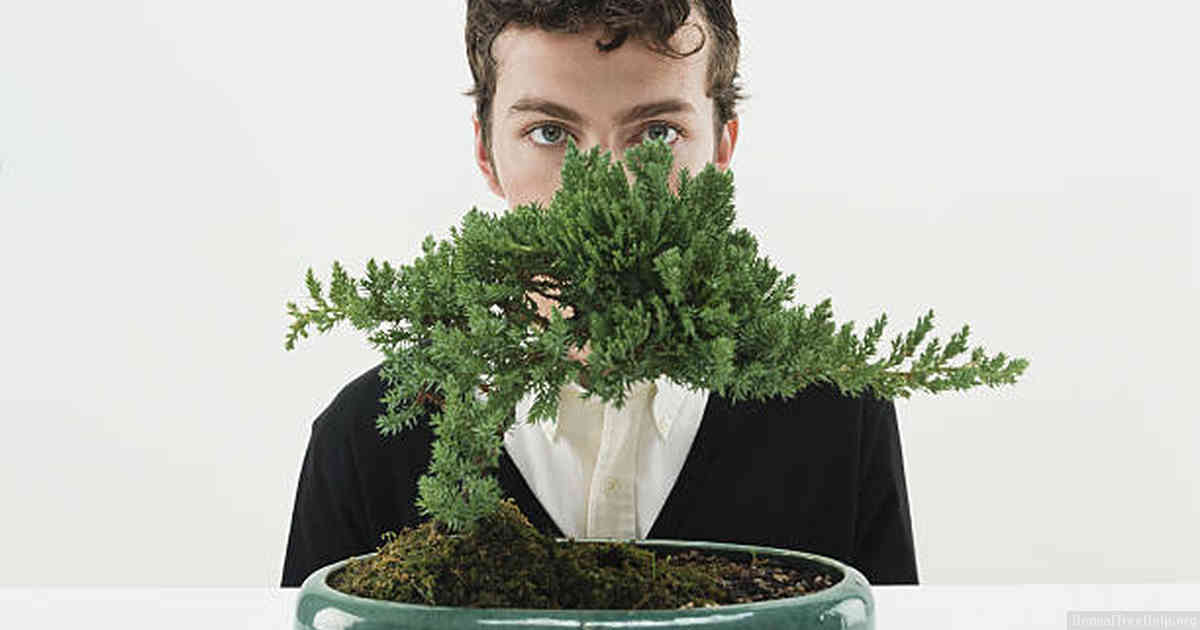
For a bonsai oak to reach its full potential, it needs to be carefully pruned. Regularly trimming and maintaining the tree’s size ensures that it retains its form and aesthetics. To properly prune your bonsai oak, you should start with a small pair of shears or specialized bonsai scissors. Take care not to cut any woody parts as this will damage the plant over time. Focus on removing twigs and branches that cross each other or are growing out of proportion with the rest of the tree – these can reduce air circulation and lead to an unhealthy growth pattern. If there is some dead foliage still clinging onto your bonsai oak, remove those branches gently as they can cause disease in otherwise healthy plants. Look for suckers growing from the bottom of the trunk – these are usually weak points that need to be trimmed away in order for your tree to remain balanced and beautiful.
To help support future growth in your bonsai oak, don’t hesitate to thin out old leaves or branchlets occasionally throughout the year. Doing so will allow sunlight access all parts of the tree while opening up space for new shoots where desired shape can develop over time. During pruning sessions keep an eye out for any diseased areas – sometimes simple trimming isn’t enough and you may have take additional measures like applying fungicide treatments accordingly if necessary. By regularly tending for your bonsai trees needs you’ll increase its lifespan significantly over time.
Choosing the right location for your bonsai oak

Bonsai oaks require a lot of care to remain alive and thriving. One important factor in keeping the tree healthy is making sure it is planted in the right spot. Before deciding on where to place your bonsai oak, determine which kind you have and its light needs. Many varieties of bonsai oaks grow best when they receive full sun during most of the day while some may prefer partial shade or even indoor lighting conditions. Make sure to choose an area that will not be disturbed frequently by pets or small children who can quickly damage a tiny plant like this one with careless handling or excessive waterings.
When selecting the spot for your bonsai oak, consider other environmental factors such as air circulation. Make sure there are no structures nearby that may block airflow or hold moisture around the tree’s roots during humid days as both can prevent oxygen from reaching them which would lead to root rot and eventual death of your prized possession. Make sure that you select a location out of direct wind flow since gusts can easily knock off delicate leaves and branches; preferably out of reach from these winds if possible.
Ensure that whatever soil you use contains enough nutrients so it can support the life cycle of your Bonsai oak once its planted. Too little nutrition in the soil will stunt growth and leave your miniature tree vulnerable to disease-causing organisms in its environment resulting in a decrease quality lifestyle for your bonsai oak over time.
Fertilization methods for healthy growth

Fertilization is an essential part of keeping a bonsai oak alive and healthy. To ensure optimal growth, bonsai oaks need to be fertilized with water-soluble fertilizer every two weeks during spring and summer months. Fertilizers are important as they supply the plant with beneficial nutrients such as nitrogen, phosphorus and potassium, which cannot be obtained from regular watering or air.
One way to fertilize your bonsai oak is by using a liquid fertilizer that contains trace elements. These trace elements are usually found in fish emulsion or seaweed extracts, both of which can help the plant reach its full potential in terms of growth rate and health status. The mixture should be applied directly to the soil surface and watered in at least once per week for best results.
Another option for fertilizing your bonsai oak is to use slow-release granules that contain macro-nutrients like nitrogen, phosphorous and potassium. It is also advisable to add organic matter such as compost or peat moss into the potting soil prior to applying these granules for optimum nutrient absorption by the roots. These granules should only be used during growing season; if used out of season it can lead to root burn due overfertilization or poor drainage from excessive water retention in certain soils. Following these tips will help you keep your bonsai oak alive and thriving while avoiding any harm due to improper nourishment methods.
Pest control measures to prevent infestations
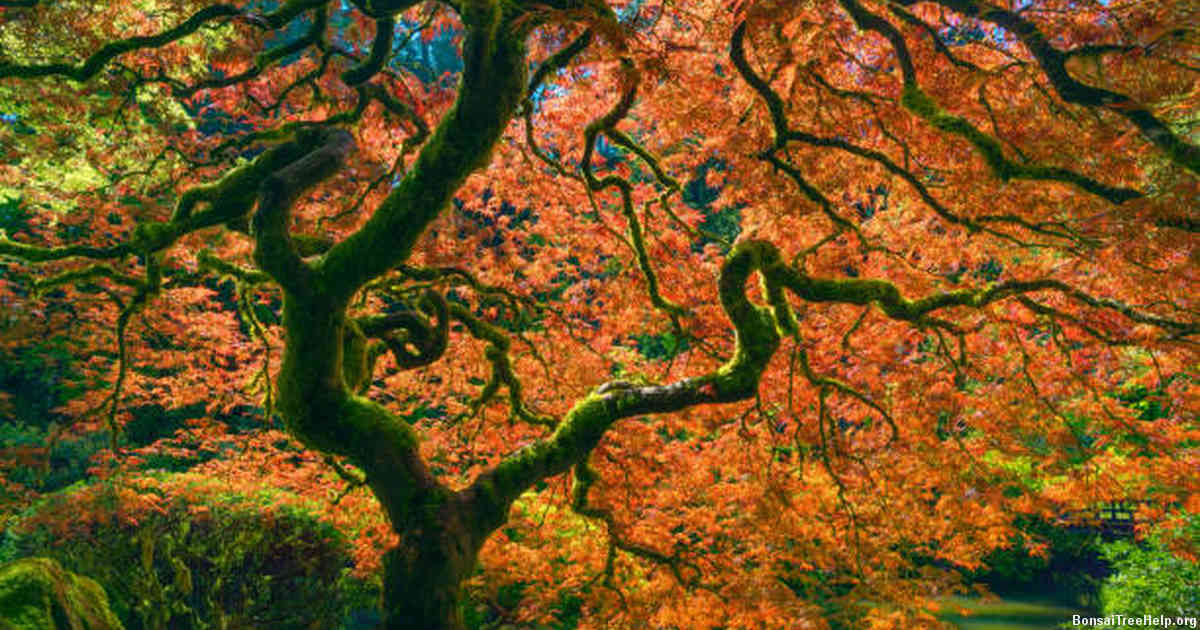
Keeping an oak bonsai can require a lot of effort. While they may be small in size, bonsais need to be cared for with the same diligence as any large tree would. One key factor that should not be overlooked when caring for a bonsai is protecting it from pests and diseases. Without proper pest control measures, your bonsai oak could easily fall victim to infestations of aphids, mites or scale insects.
Fortunately, there are several steps you can take to keep pesky bugs at bay. Insecticides should be avoided since they tend to have unwanted side effects such as burning leaves and discoloring foliage – both of which don’t do much good for the health of your tree. Instead, focus on preventive tactics like regularly cleaning and trimming any diseased or damaged branches in order to limit bug access points. You can also apply insecticidal soap which helps by suffocating insect larvae as well as providing some protection against other common pests like whiteflies and caterpillars.
If prevention doesn’t work out then you will need to bring out the big guns: systemic insecticides. Systemic insecticides are particularly effective at eliminating severe infestations that have already taken hold on a bonsai tree. This type of chemical works by penetrating into the roots of your tree; ensuring that any existing pests or eggs come into contact with the pesticide rather than just its surface area – thus killing off anything inside without harming foliage directly above ground level.
Protecting your bonsai oak during extreme weather conditions
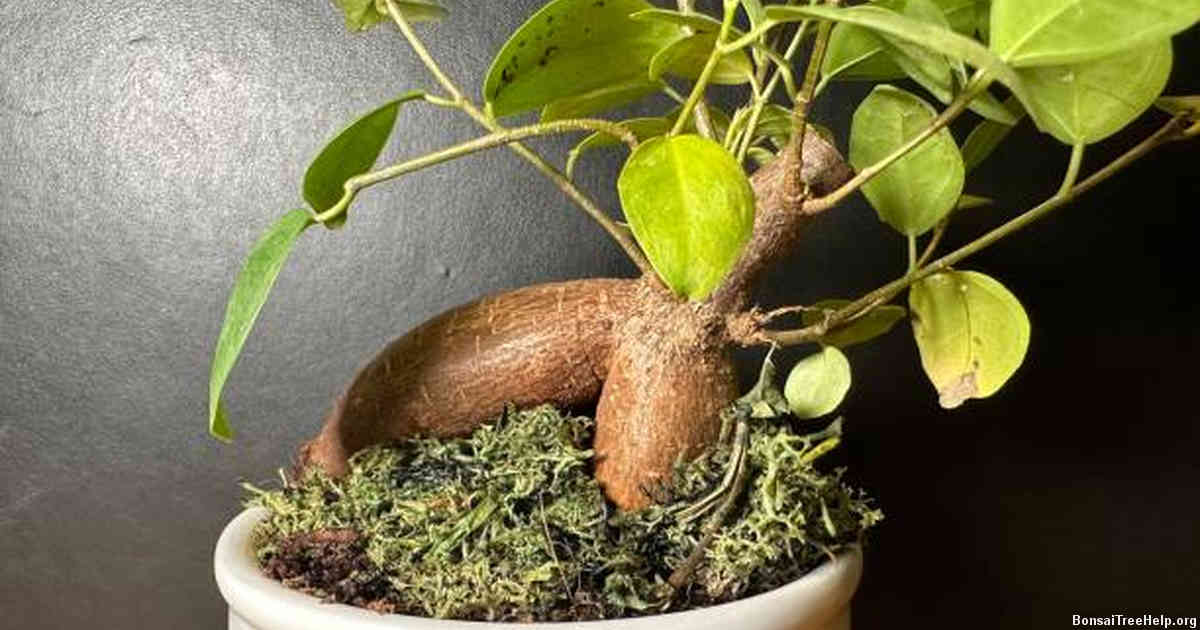
When caring for a bonsai oak, it is important to take extra precautions during extreme weather conditions. During excessively hot summers, you should use a misting sprayer several times throughout the day to keep your tree from drying out. Make sure not to overwater, as this can lead to root rot. Try to place your tree in an area of shade or semi-shade during the hottest part of the day so that it doesn’t become stressed and heat up too quickly.
If you live in an area with cold winters and temperatures below freezing, you will need to bring your tree indoors if possible and provide special care while it is inside. Bonsai oaks don’t do well in overly warm indoor conditions, so make sure not to keep them too close to any kind of heater. Water infrequently when they are indoors since they won’t be exposed to outside elements such as wind which naturally dries out soil quicker than usual.
Your bonsai oak will also benefit from protective measures against high winds and storms that can cause damage such as broken branches or uprooted roots from strong gusts and debris blown by strong winds. Protecting the delicate branches may require adding a physical barrier around your bonsai for example using mesh fabric or other materials depending on how large the oak is but make sure these barriers are breathable at all times as stagnant air could potentially affect its growth or even kill off some parts of it due to lack of oxygen circulation.
Tips and tricks for maintaining a healthy bonsai oak
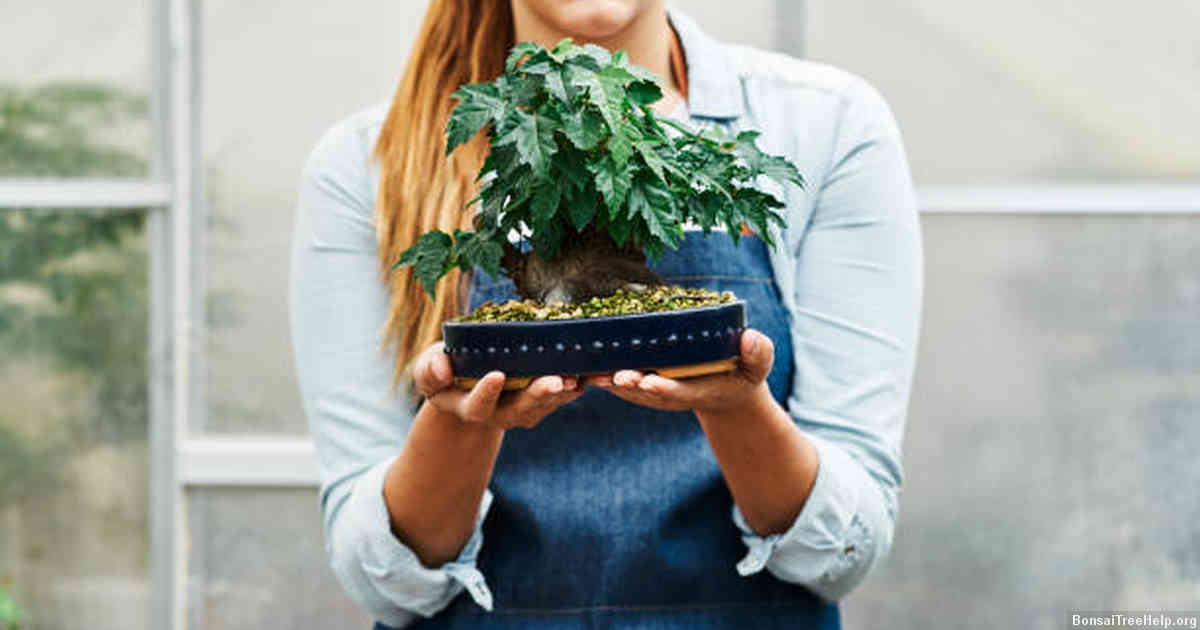
Maintaining a bonsai oak requires dedication and attention to detail. Pruning is the most important task in bonsai cultivation, as it keeps the tree’s size small and shapes its branches according to how you want them. You should also pay special attention to where your oak is placed; too much or too little sunlight can be detrimental for a bonsai. The tree needs about 6 hours of direct sunshine each day, but no more than 8 otherwise the leaves will burn and turn yellow.
Watering a bonsai oak is critical in order to maintain it healthy: deep root watering once every week should be sufficient during winter time, while if temperatures rise above 75°F, you may need to water twice per week (and even daily if needed). It’s best not to let soil stay dry for long periods of time or else your beloved Bonsai might die from dehydration. Remember that soggy soil won’t do your plant any good either, so make sure you only give enough water for its requirements without drowning it.
Fertilizer use must also be done with caution when taking care of an oak bonsai: feed your tree regularly with liquid fertilizer made especially for these type of plants (not regular houseplant fertilizers), as they contain micronutrients that are essential for proper growth. Do this following package instructions – usually during spring and summer – while decreasing application during autumn and completely skipping fertilizing during wintertime. Too much fertilizer can have harmful consequences on bonsais health so better stick close to what the label says.
Leave a Reply